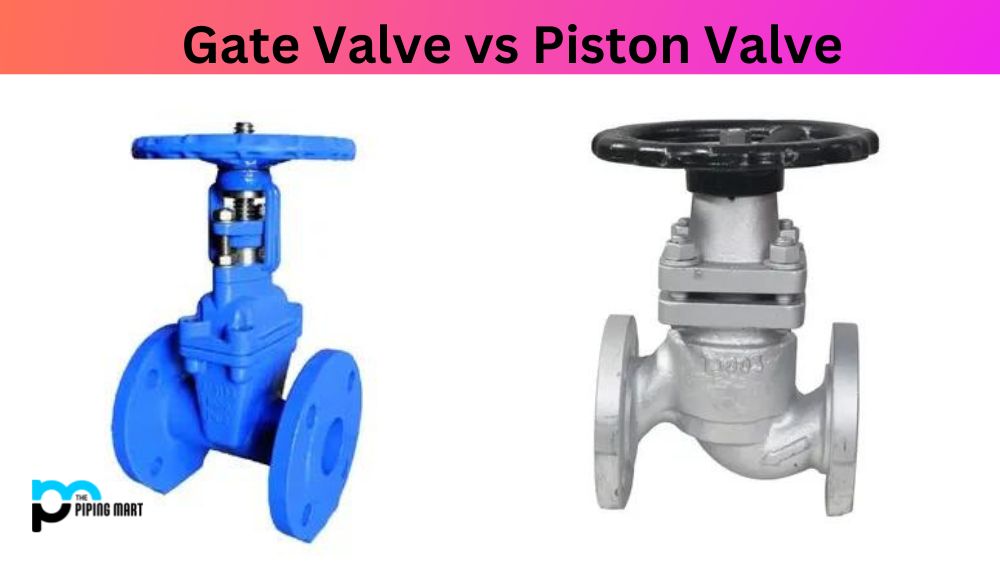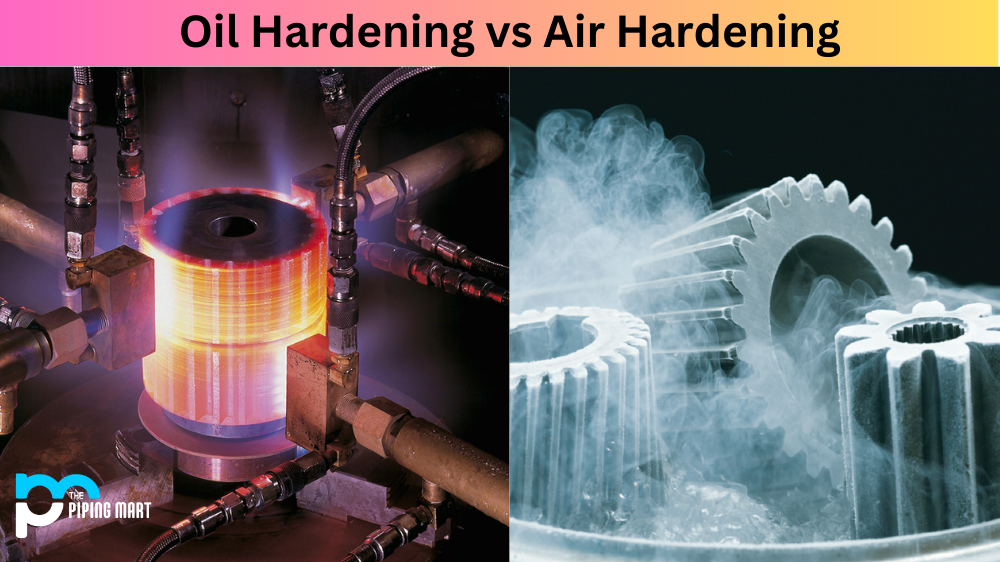In mechanical systems, valves are critical for regulating fluid and gas flow. They ensure the right amount of fluid or gas flows through a system at any given time. Two popular types of valves used in the industry are gate and piston valves. In this blog post, we will explore the differences between the two types of valves and highlight their advantages and disadvantages.
What is Gate Valve?
A gate valve, also known as a sluice valve, is a mechanism used to control the flow of fluids and gases. It consists of a closed segment that moves perpendicularly about the flow direction, which opens or closes off the passageway. Gate valves are ideal for on-off applications such as controlling water distribution systems or heating and air conditioning systems in buildings.
What is Piston Valve?
A Piston Valve is a type of valve used to regulate the flow of gases and liquids through a pipe. It has an actuation mechanism uses a piston to open or close it, often powered by hydraulic, pneumatic or electromagnetic energy. It generally comprises two main parts – the body and stem – which work together to allow for precise control over flow rate and direction. Piston valves are commonly found in chemical plants, industrial processing facilities, and fluid power applications.
Difference Between Gate Valve and Piston Valve
Operating Mechanism:
Gate valves rely on a sliding gate to regulate fluid or gas flow. The gate is raised or lowered by turning a wheel or handle, which rotates the stem connected to the gate. On the other hand, piston valves use a piston that moves up and down to control the flow. The piston is connected to a stem, which is turned to move the piston up and down.
Flow Control:
Gate valves are ideal for applications that require full flow or no flow. They are also suited to applications that require a higher flow rate. However, gate valves must be better suited for applications requiring precise flow rate control. This is where piston valves excel. Piston valves can regulate the flow rate more accurately and precisely than gate valves.
Applications:
Gate valves are popular in oil and gas, chemical, and water treatment industries. They are used in applications where the flow must be either completely full or closed. Piston valves are best suited for applications that require precise flow rate control, such as steam turbines, pipelines, and chemical and food industries.
Maintenance:
Gate valves are simple in construction and easy to operate and maintain. They require minimal maintenance and can last for years without requiring attention. On the other hand, piston valves are more complex and require more maintenance. They have several moving parts that need to be lubricated and checked regularly.
Price:
Gate valves are generally cheaper than piston valves. This is because of their simple design and construction. They are easier to manufacture and require less material. On the other hand, piston valves are more expensive due to their complex design and construction. They require more material and have more moving parts, increasing the cost of production.
Conclusion:
In conclusion, the choice between gate and piston valves comes from specific applications and requirements. Both types of valves have their advantages and disadvantages. Therefore, evaluating the system’s needs, such as flow control, maintenance requirements, and cost, is crucial before selecting the type of valve to use. With the right valve choice, the system can operate efficiently, and maintenance requirements can be kept to a minimum, ultimately saving time and money.

Abhishek is a seasoned blogger and industry expert, sharing his insights and knowledge on various topics. With his research, Abhishek offers valuable insights and tips for professionals and enthusiasts. Follow him for expert advice on the latest trends and developments in the metal industry.




